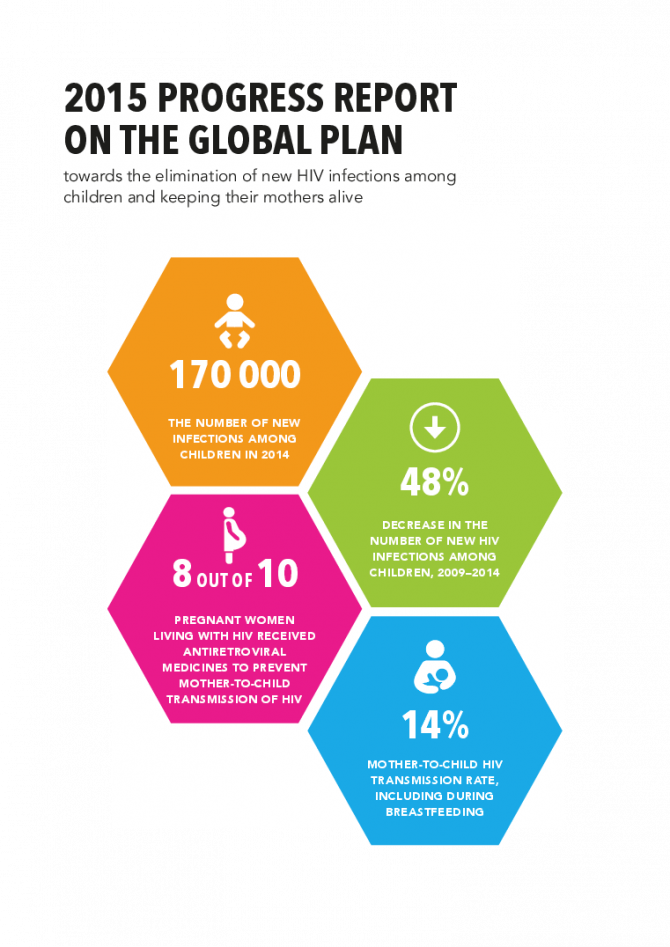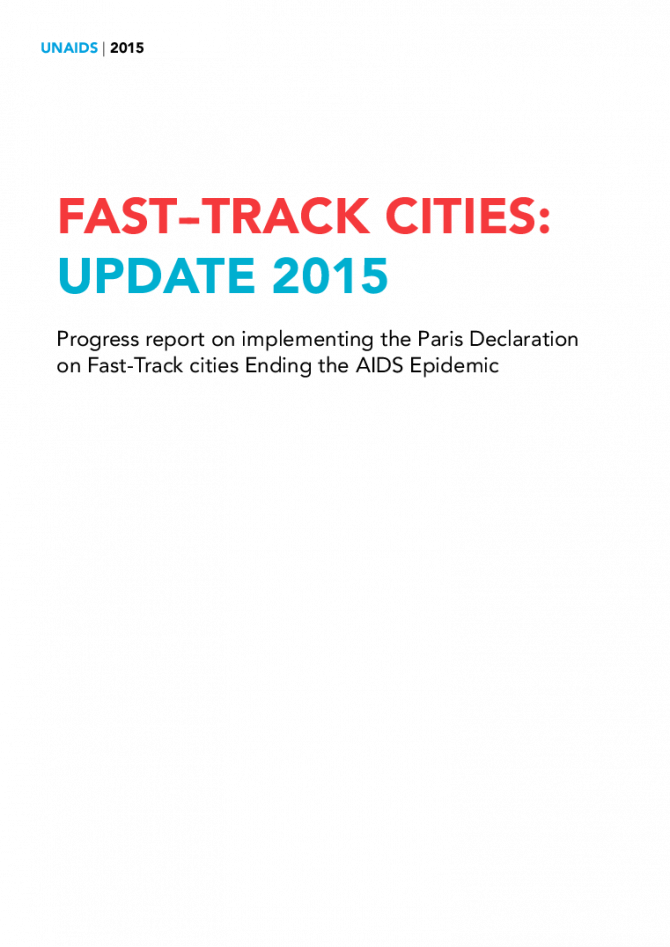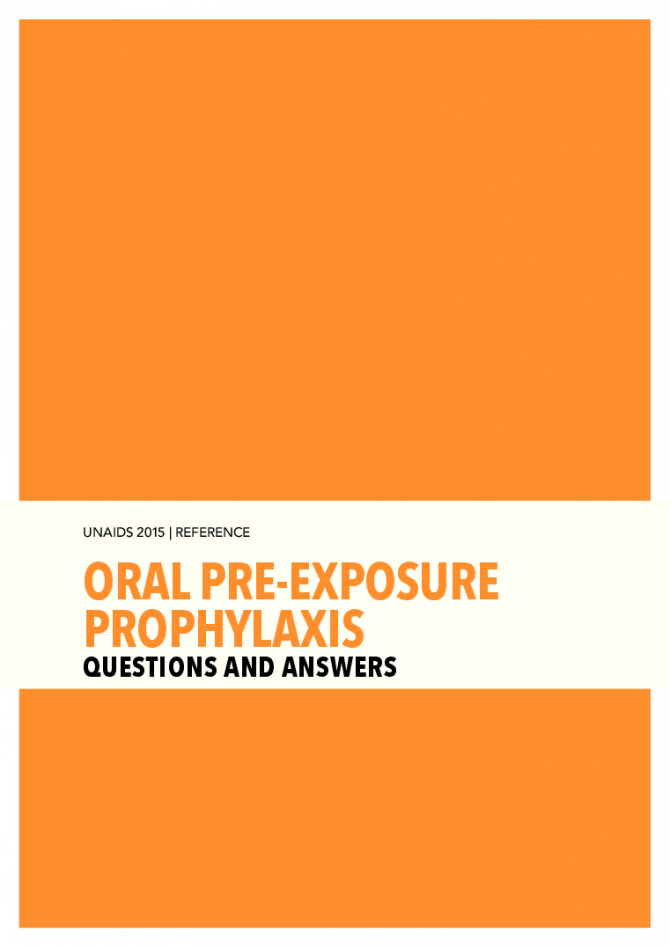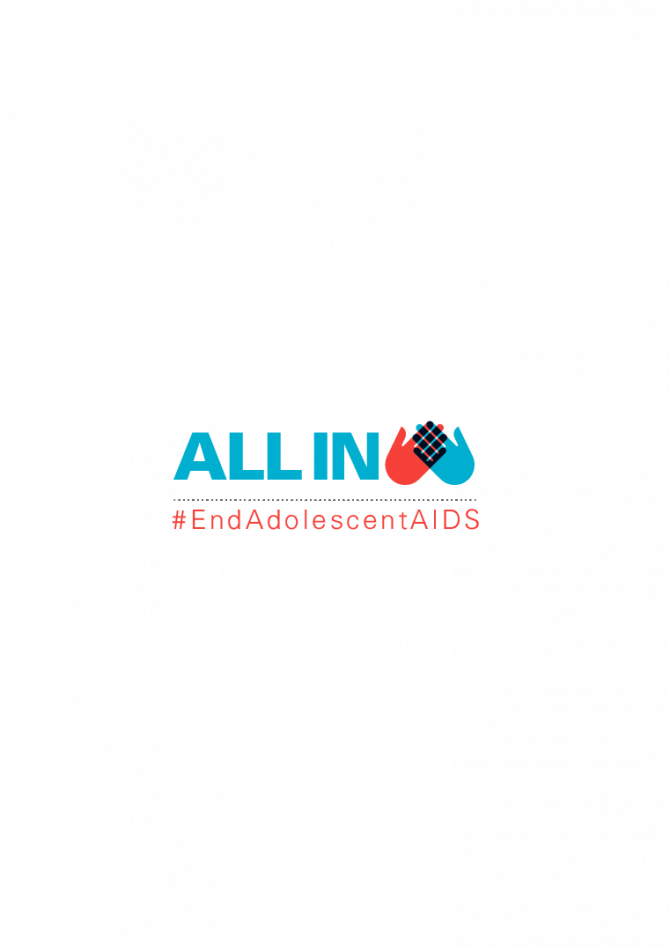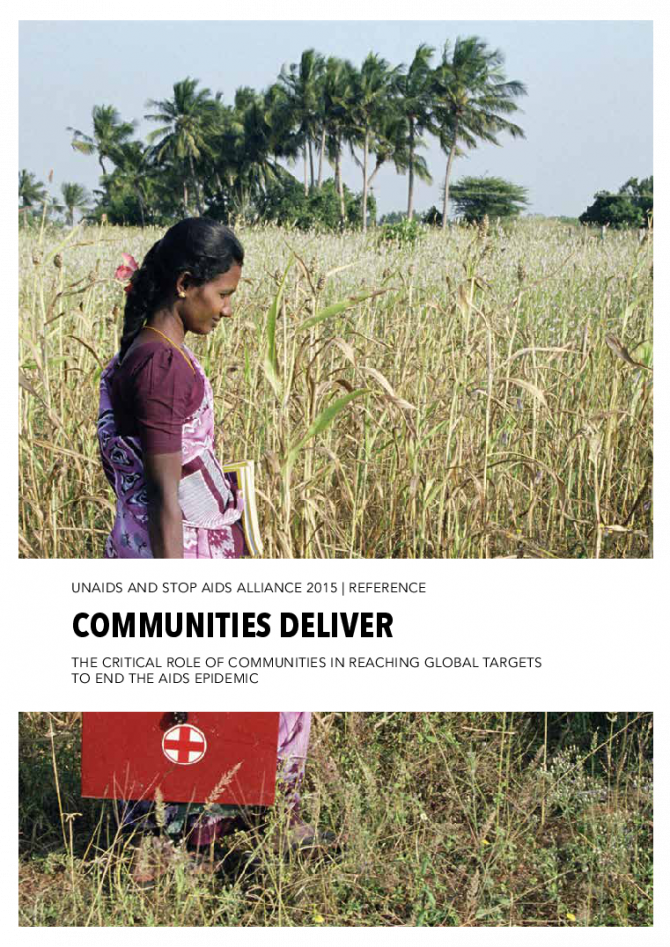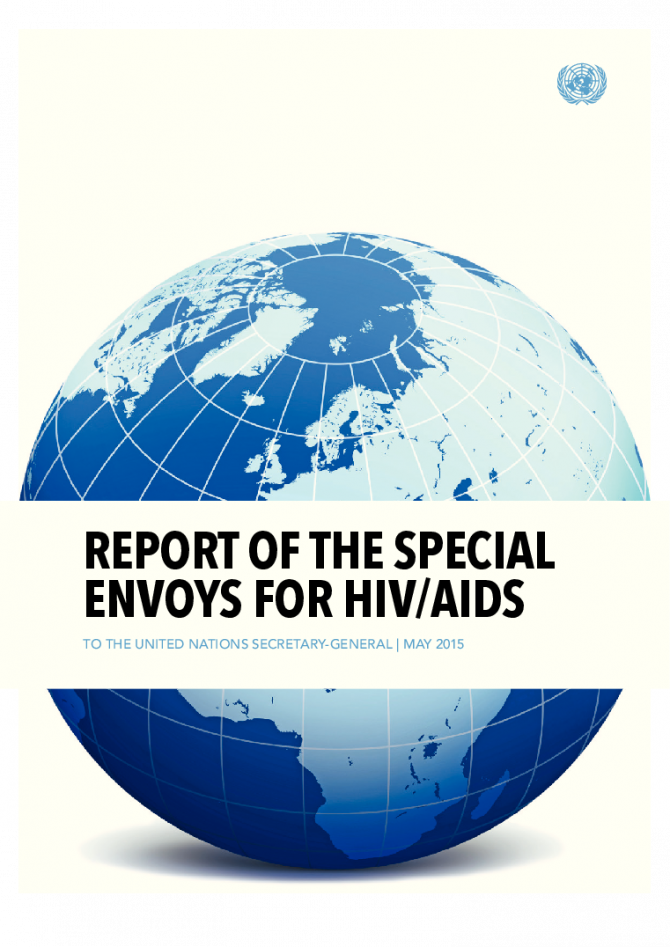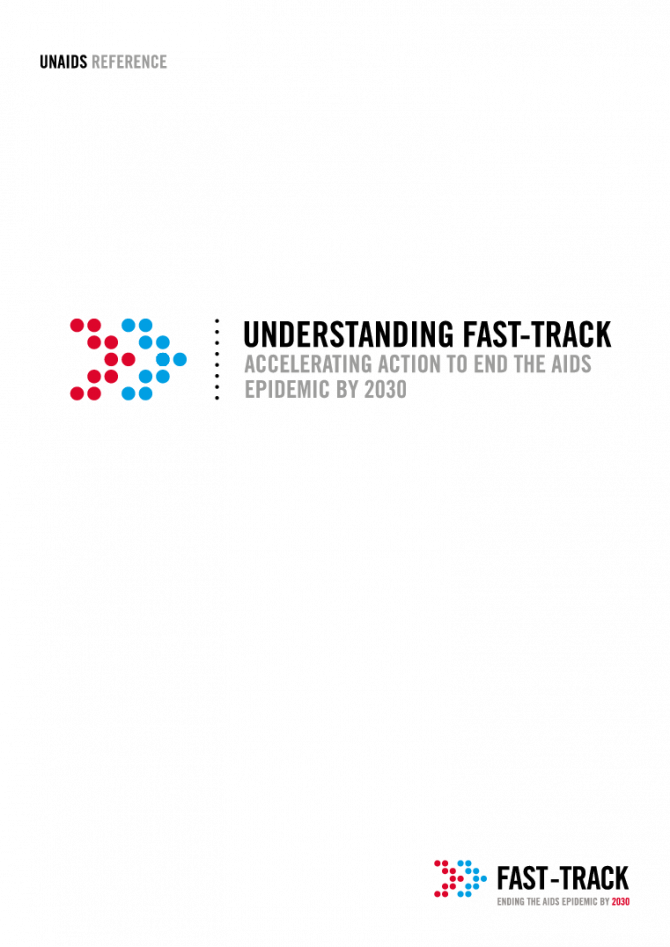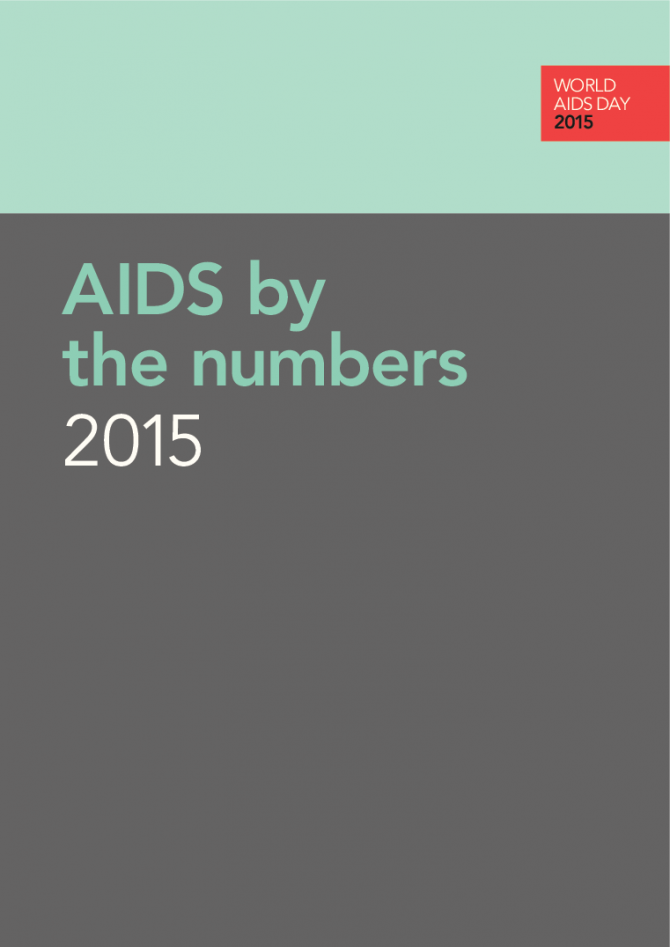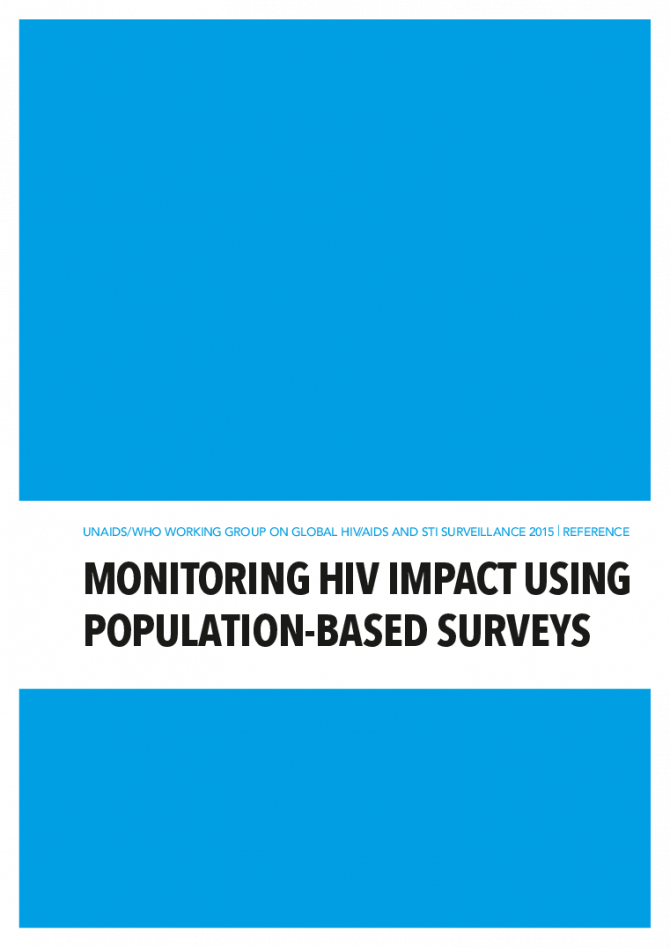Documents
2015 progress report on the global plan towards the elimination of new HIV infections among children and keeping their mothers alive
26 November 2015
This is the fourth annual report of the Global Plan, and it summarizes the progress made through December 2014. The final accountability report of the Global Plan will be issued in 2016 when data for the end of 2015 will be available. The Global Plan was developed during 2010 by a Global Task Team (GTT) co-chaired by UNAIDS and the Government of the United States. The GTT consisted of a consortium of stakeholders from 25 countries and 30 civil society groups, private sector partners, networks of people living with HIV and international organizations. The Global Plan was launched as a major new global initiative in 2011, but it uses 2009 as the baseline year against which to measure progress.
Documents
2016 High-Level Meeting on Ending AIDS
05 February 2016
Ending AIDS by 2030 is an integral part of the Sustainable Development Goals, which United Nations Member States adopted unanimously in 2015. The lessons learned in responding to HIV will play an instrumental role in the success in achieving many of the Sustainable Development Goals, notably Sustainable Development Goal 3, good health and well-being, and the goals on gender equality and women’s empowerment, reduced inequalities, global partnerships and just, peaceful and inclusive societies.
Documents
Fast-Track cities update, December 2015
31 December 2015
Launched only a year ago, Fast-Track cities has rapidly taken root and grown. This is the first annual update on progress in implementing the Fast-Track cities approach and it supports one of the seven key commitments contained in the Paris Declaration. This report reflects on the actions taken by cities and by the four core partners— the city of Paris, UNAIDS, the United Nations Human Settlements Programme (UN-Habitat) and the International Association of Providers of AIDS Care (IAPAC)—towards ending the AIDS epidemic as a public health threat by 2030. Future reports will illustrate good practices and quantifiable evidence of progress that will inspire and inform Fast-Track cities and the many stakeholders helping to confront AIDS as a health and development challenge.
Documents
Oral pre-exposure prophylaxis–questions and answers
12 July 2015
Implementing PrEP poses new challenges in planning, managing and funding combination prevention. Realizing the promise of PrEP will require governments, funders, civil society and other stakeholders to join forces to systematically address them–licensing antiretroviral medicines for PrEP use, setting priorities for locations and populations for implementation, making services user-friendly and ensuring adherence. These efforts are worthwhile based on their contribution to achieving the global targets of less than 500 000 people annually acquiring HIV in 2020 and the end of AIDS as a public health threat by 2030.
Documents
All In to #EndAdolescentAIDS
17 February 2015
To end the AIDS epidemic by 2030, specific—yet flexible—strategies are needed for different age groups, populations and geographical locations. Ending the epidemic among adolescents requires amplifying investments where they can make the most difference and fostering innovation by adolescents and youth themselves, as well as governments, international organizations, civil society and the private sector.
Documents
The critical role of communities in reaching global targets to end the AIDS epidemic
13 August 2015
This report draws on multiple sources to document the many ways in which communities are advancing the response to AIDS, and the evidence for the effectiveness of these responses. Core areas of community-based activities include advocacy, service provision, community-based research and financing; each of these areas is illustrated by examples of community-based actions.
Documents
Report of the Special Envoys for HIV/AIDS
01 May 2015
There are still considerable inequities among the regions in terms of progress and challenges. The Special Envoys have concluded that everything they do must be sustainable and focused on closing the remaining gaps while also addressing the social and structural determinants of health. This is why it is essential to integrate efforts to end the AIDS epidemic throughout the sustainable development goals. The lessons learned and resources marshalled through more than three decades of the AIDS response can inform and empower the post-2015 development agenda to measurably improve the lives and health of people for generations to come.
Documents
Understanding Fast-Track
07 July 2015
Documents
AIDS by the numbers 2015
24 November 2015

